MEDIA RELEASE
TANYA PLIBERSEK MP
FEDERAL MEMBER FOR SYDNEY
SUSAN TEMPLEMAN MP
FEDERAL MEMBER FOR MACQUARIE
LABOR PLEDGES ALMOST $3.5 MILLION FOR BLUE MOUNTAINS KOALAS
A re-elected Albanese Labor Government will establish a koala stronghold in the Greater Blue Mountains World Heritage Area (GBMWHA).
The GBMWHA has the potential to support 20 per cent of NSW koalas. But to realise this goal, a coordinated approach to research, land management and threats is required.
This $3,495,000 election commitment will address knowledge gaps and coordinate management of areas that offer refuge to koalas in fire and changing climates. It will also support collaboration of habitat restoration and strategies to address direct threats.
In addition, the funding will provide for:
- Collecting and reviewing data across diverse sites in the GBMWHA (including connectivity, disease and genetics)
- A responsible pet ownership program to address the risk of predators
- The establishment of the Greater Blue Mountains World Heritage Area Stewardship Alliance, coordinated by the Blue Mountains World Heritage Institute, so there are shared land management aims across 12 Local Government Areas, local land services and environmental NGOs
- The rollout of the Help Wildlife Near Me App, guided volunteering and citizen science opportunities, wildlife emergency response management, science communication programs, eco-monitoring projects.
Labor Member for Macquarie, Susan Templeman, and Labor Member for Sydney, Tanya Plibersek, made the announcement in the lower Blue Mountains with Science for Wildlife CEO Dr Kellie Leigh and scat detection dog, Groot, close to where koalas were recently spotted.
The research by Science for Wildlife has uncovered significant growing populations of koalas in the GBMWHA with some of the highest levels of genetic diversity recorded in the country, and some populations are also chlamydia-free.
The koala is listed as endangered under national environment law in NSW, Queensland and the ACT.
This project would build on the Government’s other investments to better protect our environment, including over $550 million to better protect threatened plants and animals and tackle invasive pests, including over $76 million for koalas.
Consistent with past practice, election commitments made during the 2025 Federal Election campaign will be delivered in line with Commonwealth Grants Rules and Principles.
Quotes attributable to Member for Sydney, Tanya Plibersek:
“No-one wants to imagine an Australia without koalas. I want to make sure that our kids and grandkids will still be able to see koalas in the wild.
“That’s why the Albanese Labor Government has invested more than $76 million in 59 projects to better protect koalas. So far, we’ve planted 250,000 trees, restored 5,000 hectares of koala habitat and invested $19m for wildlife hospital service upgrades and vaccine research.
“And it’s why Labor is announcing that if we are re-elected we will invest $3.5 million to create a koala stronghold in the Blue Mountains.
“This is in addition to the $250 million announced in last month’s budget to protect an extra area of Aussie bush the size of New Zealand.
“Communities across Australia play a crucial role in protecting and conserving this beloved animal. This funding will enable locals in the Blue Mountains to do what they do best – getting communities involved in protecting this iconic species.
“The choice at the election couldn’t be clearer. Labor who will protect nature, fund essential science, invest in threatened species, and act on climate change. Or the climate deniers and wreckers of the Liberal and National parties who haven’t made a single commitment that would help improve nature.”
Quotes attributable to Member for Macquarie, Susan Templeman:
"This funding is recognition of the importance of the Greater Blue Mountains World Heritage Area to koala populations.
“When I first moved to the Blue Mountains, there was a belief that koalas didn’t thrive in our sandstone region.
“Thirty years later, the work of Science for Wildlife has proven that wrong and now we understand the Area could be a safe haven for koalas and the biodiversity that supports them.”


